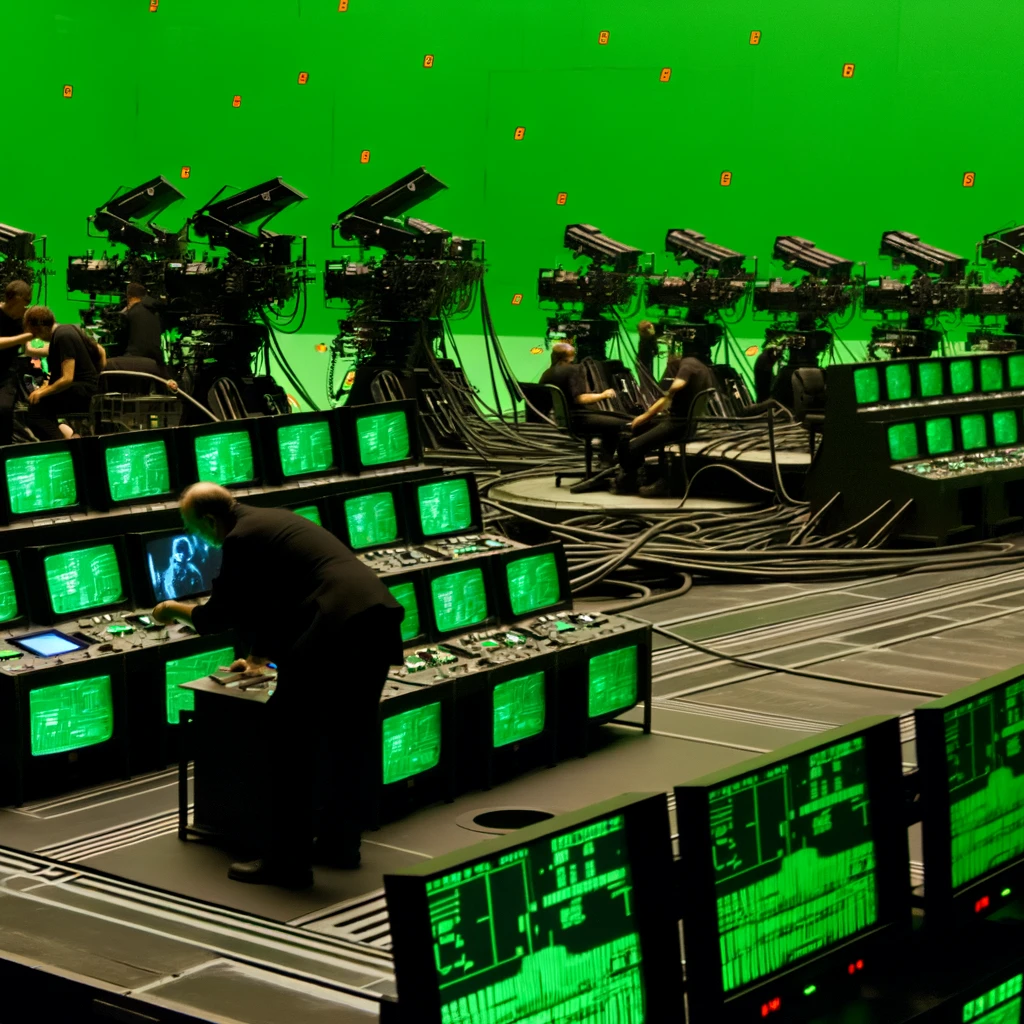
Introduction to Suspense in Cinema
The art of suspense in film is a delicate balance of storytelling, cinematography, and sound design. It is the ability to keep an audience on the edge of their seats, eagerly anticipating the next twist or revelation. One film that masterfully exemplifies this art is M. Night Shyamalan's The Sixth Sense. Released in 1999, it remains a benchmark in suspenseful storytelling.
The Narrative Structure of The Sixth Sense
The Sixth Sense employs a non-linear narrative structure that gradually reveals its secrets. The film's opening scene is crucial, setting the tone and establishing the central conflict. Dr. Malcolm Crowe, played by Bruce Willis, is a child psychologist who is determined to help a young boy named Cole Sear, portrayed by Haley Joel Osment. Cole's revelation that he can 'see dead people' becomes the film's pivotal plot point.
Character Development and Suspense
Shyamalan's character development is key to building suspense. As viewers, we are drawn into Cole's world, experiencing his fear and confusion. The director uses subtle hints and foreshadowing to create a sense of unease. This approach not only builds empathy for Cole but also amplifies the suspense as we uncover the truth alongside the characters.
Cinematic Techniques in Building Suspense
Shyamalan's use of cinematography and sound design is instrumental in creating suspense. The film's muted color palette and strategic use of lighting enhance the eerie atmosphere. Close-up shots of characters' expressions allow viewers to sense their vulnerability and fear.
The Role of Sound and Music
Composer James Newton Howard's haunting score complements the film's suspenseful mood. The strategic use of silence, punctuated by sudden bursts of sound, keeps the audience on edge, heightening the thrill of each scene. These auditory elements are critical in sustaining the film's tension.
The Iconic Twist Ending
Perhaps the most memorable aspect of The Sixth Sense is its twist ending, which redefines the entire narrative. This revelation not only surprises but also invites viewers to reconsider every scene leading up to it. The twist is a prime example of Shyamalan's storytelling prowess, demonstrating how suspense can be built and maintained throughout a film.
Impact on the Audience
The twist ending of The Sixth Sense left a lasting impact on audiences worldwide. It sparked discussions and analyses, with viewers revisiting the film to catch the subtle clues they initially missed. This interaction between the film and its audience is a testament to its enduring suspense and narrative brilliance.
Conclusion: Lessons in Suspense from The Sixth Sense
The Sixth Sense remains a masterclass in the art of suspense. Shyamalan's ability to weave a compelling narrative with meticulously crafted suspenseful elements is what makes the film a timeless classic. For filmmakers and enthusiasts alike, it serves as an exemplary model of how to keep an audience engaged and captivated. Understanding the techniques used in The Sixth Sense can provide valuable insights into creating thrilling and memorable cinematic experiences.
Related Articles





